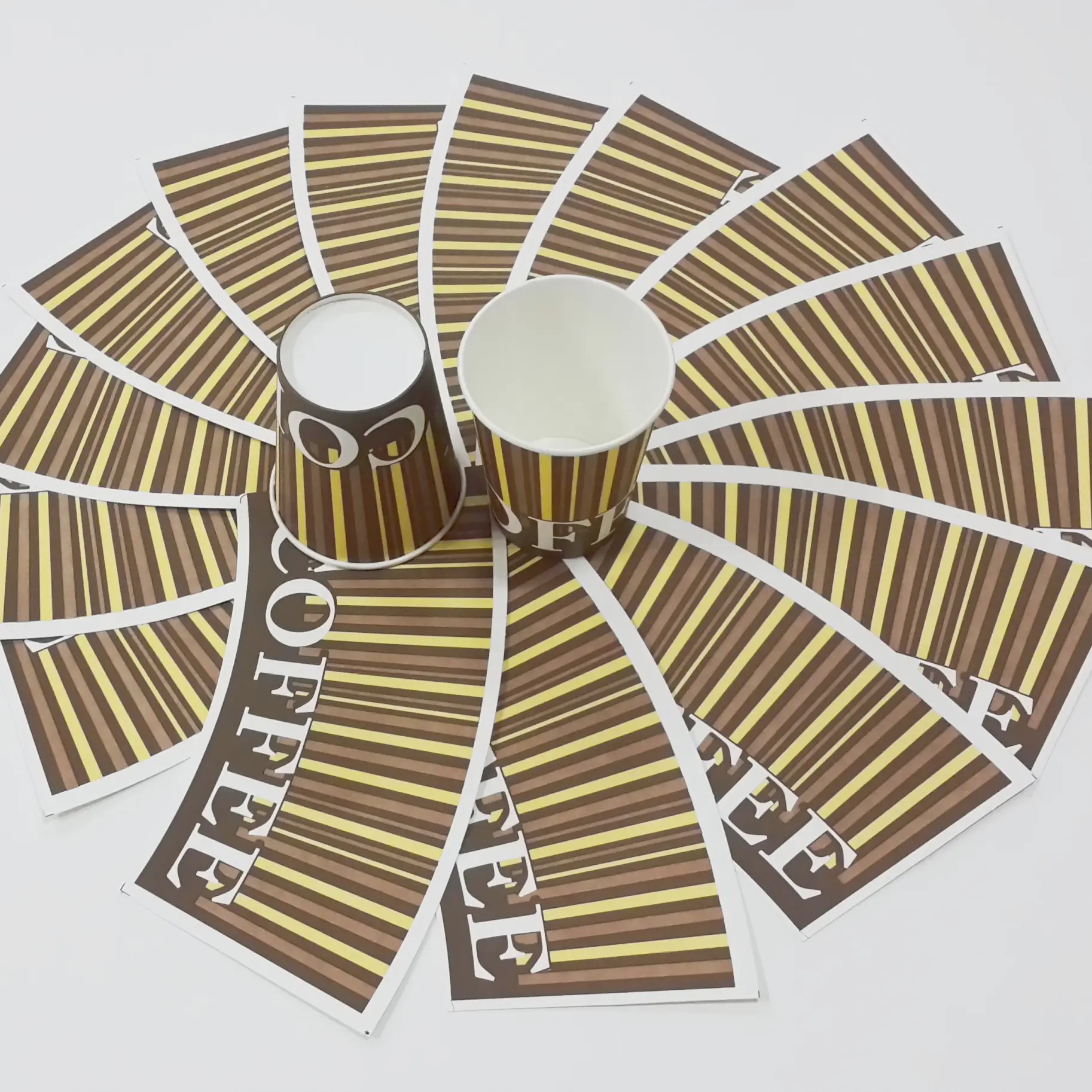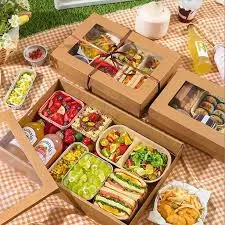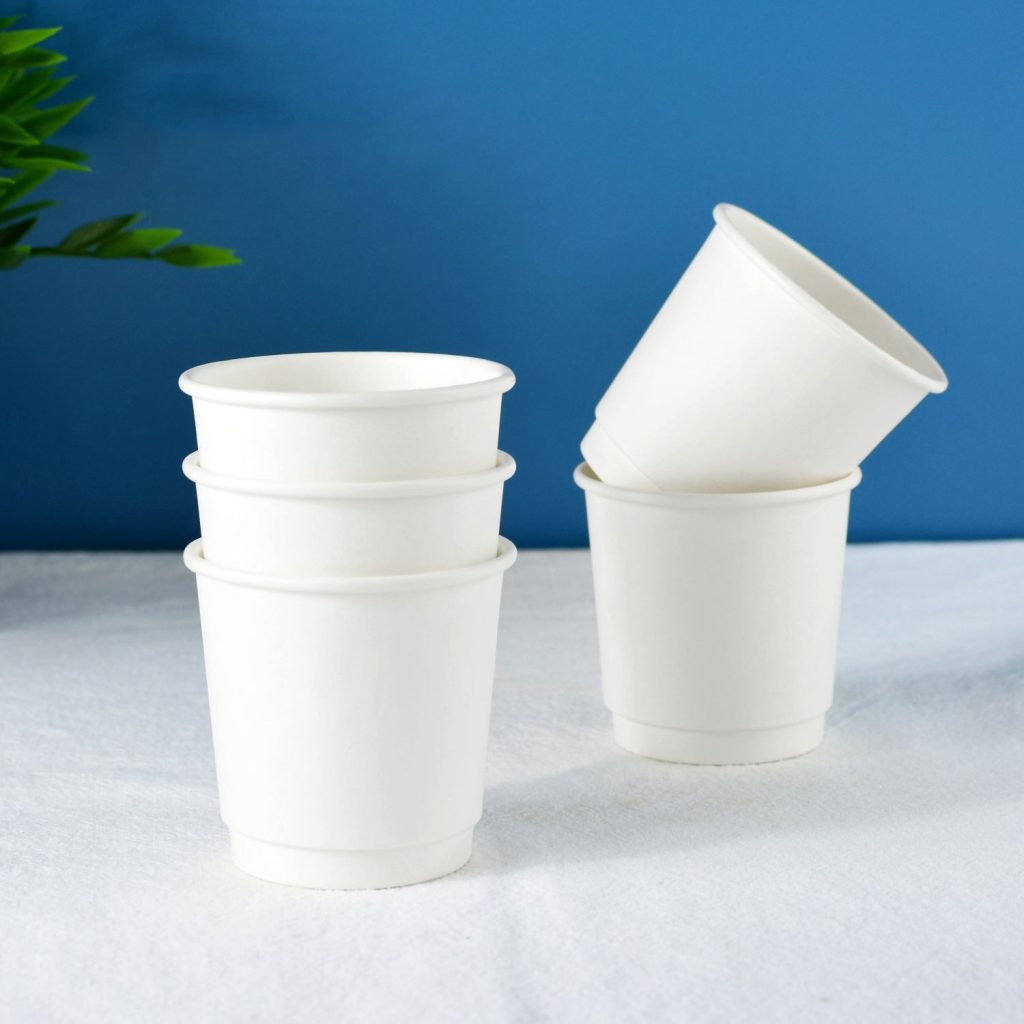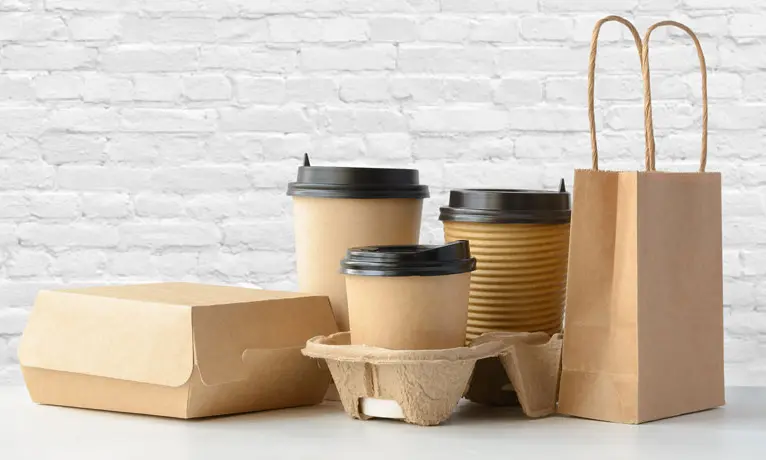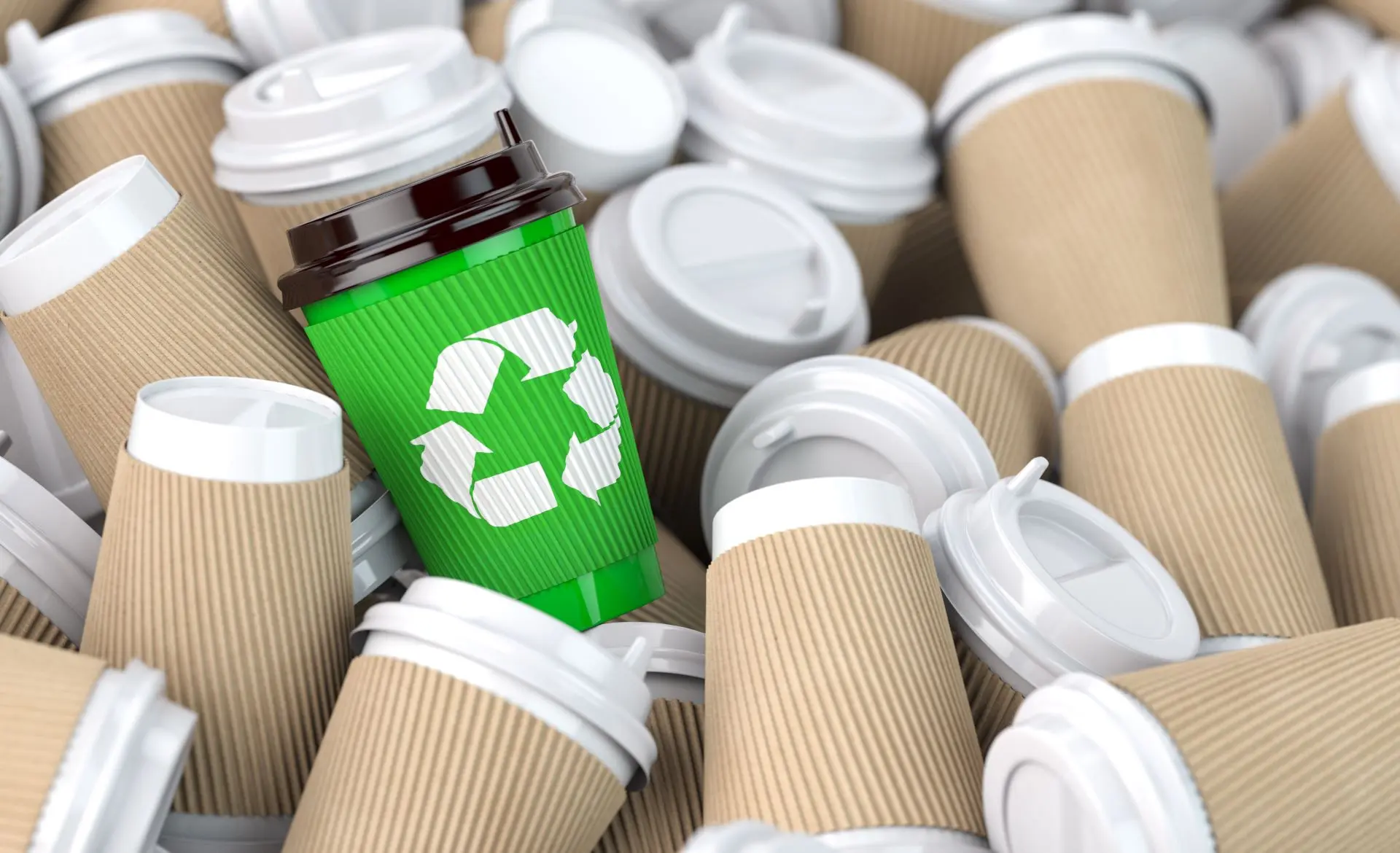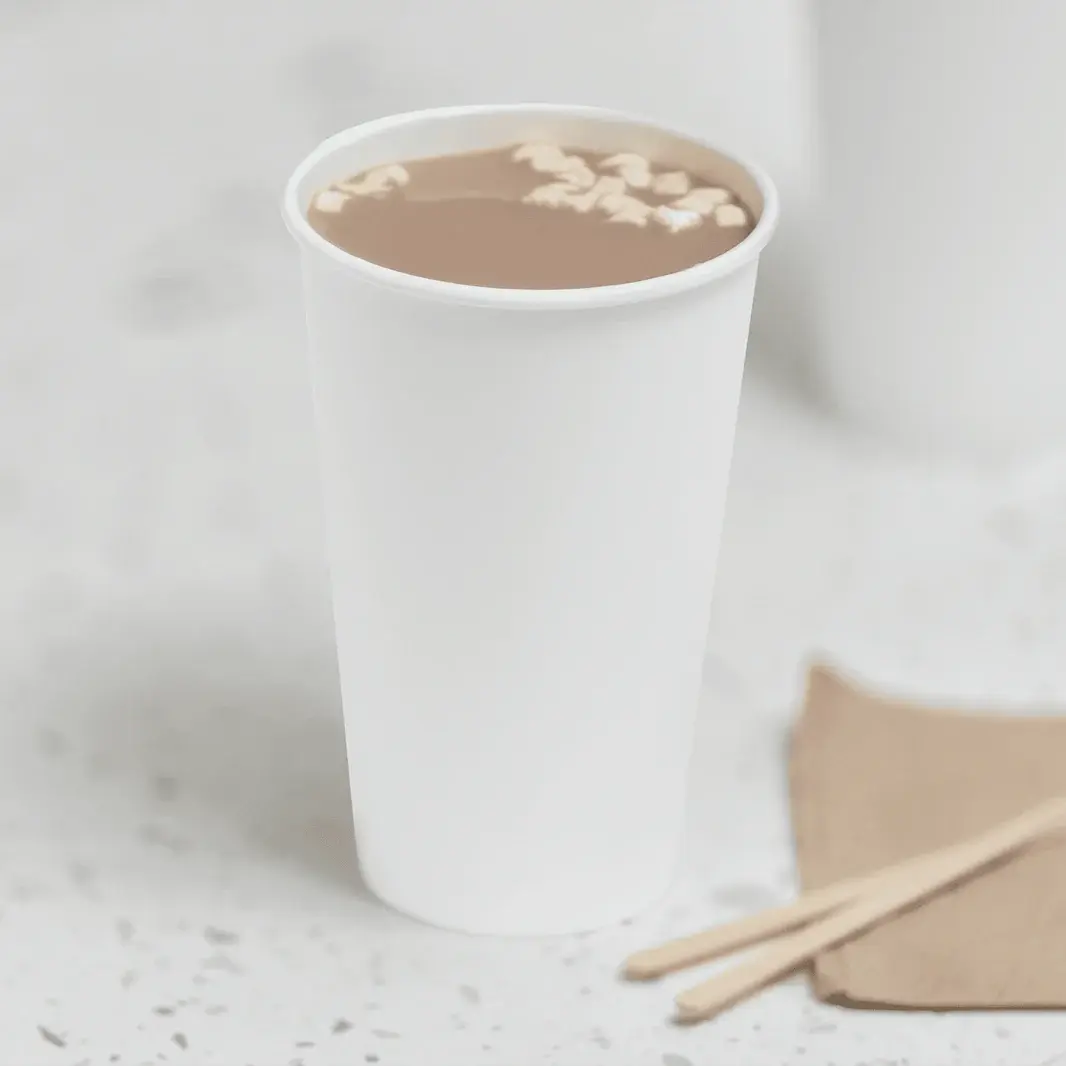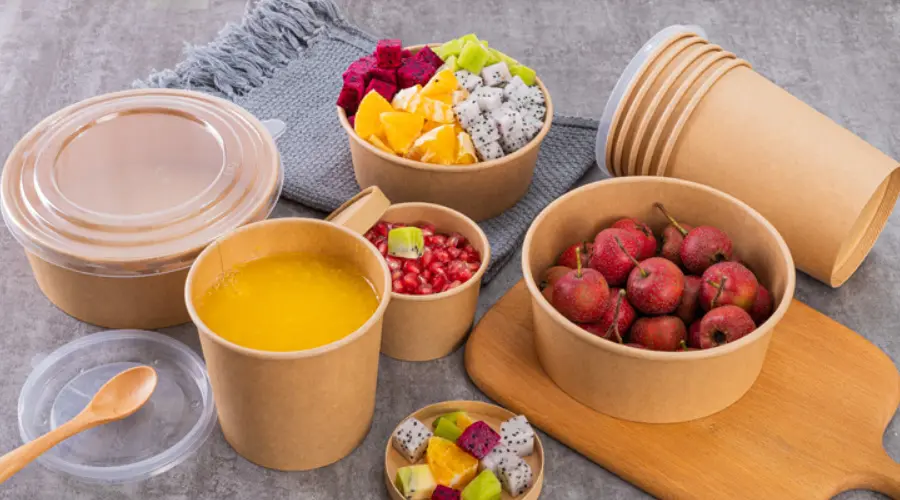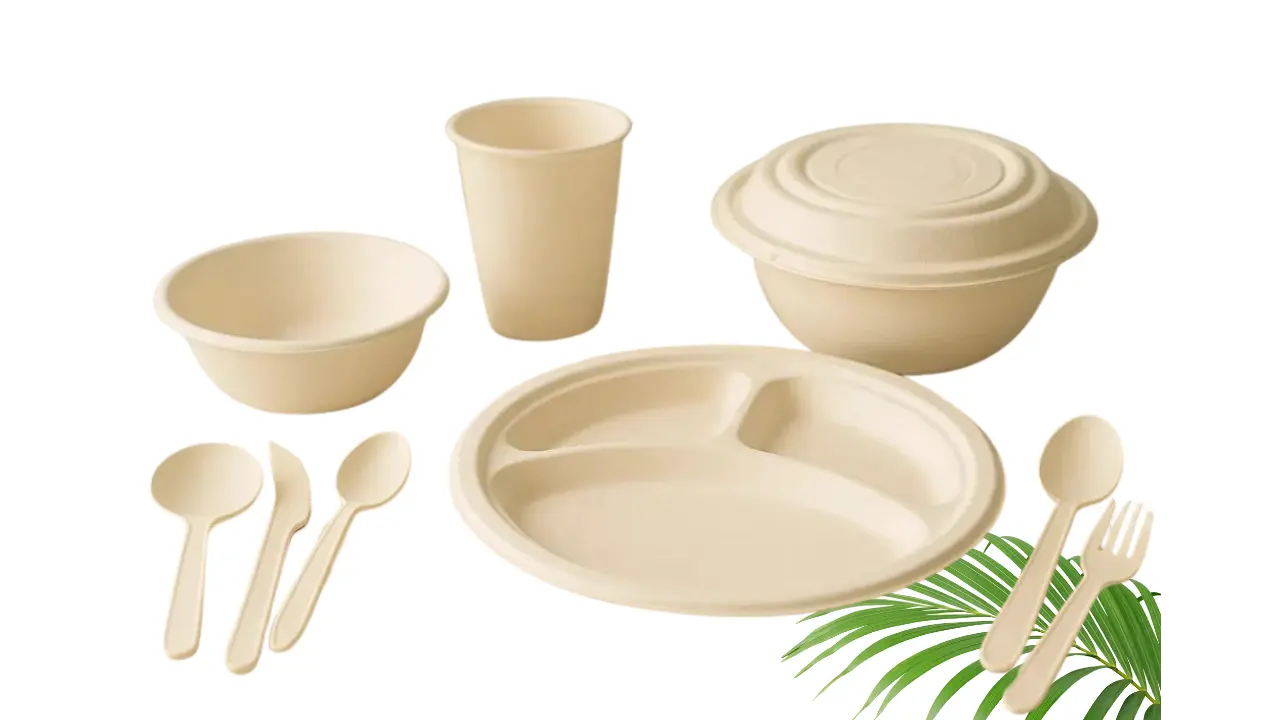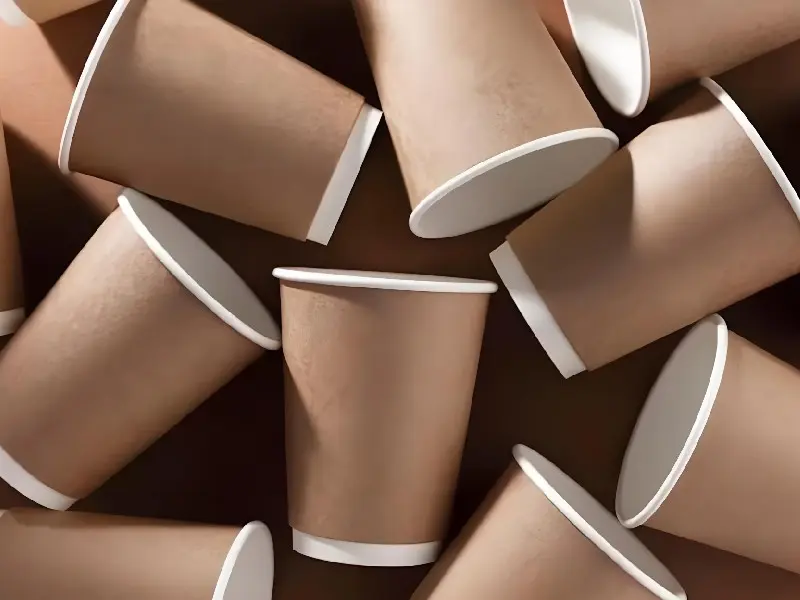How to Effectively Check the Quality of Paper Cups?
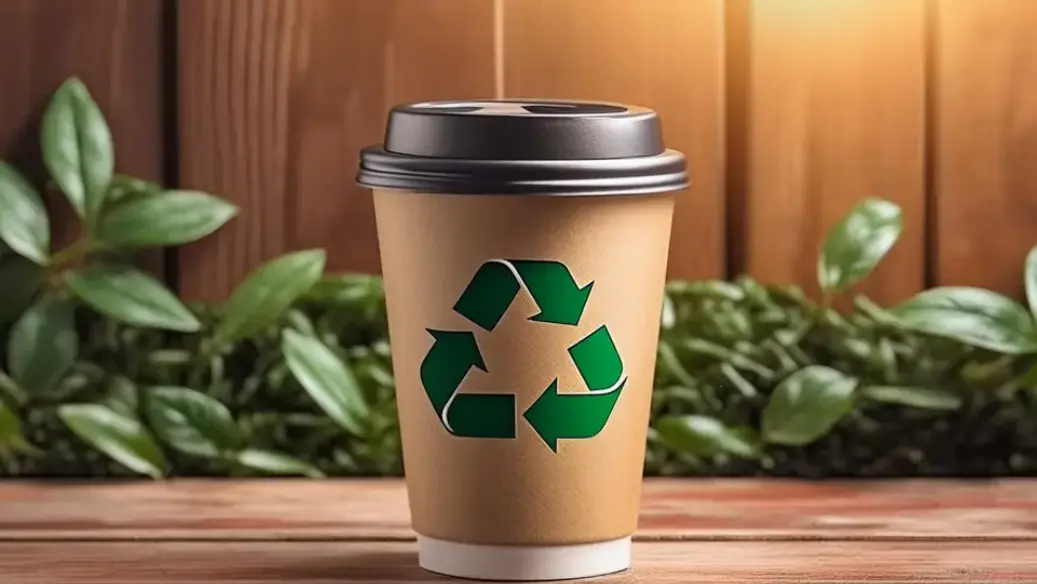
Quality in Paper Cups, or papercups, plays a crucial role in ensuring customer satisfaction and product reliability. Companies must check paper cup quality to avoid common issues such as weak seams, incorrect sizing, and poor print quality. Quality assessment involves evaluating various indicators, including strength, coating, and leak resistance, to guarantee optimal performance.
Common Quality Issues:
Issue Impact on Production Repair Strategies Weak Seams Increased risk of leaks and wastage Improving adhesive application techniques Incorrect Sizing Higher rejection rates Regular calibration of cutting machines Surface Defects Reduced aesthetic appeal Enhanced quality control measures Inconsistent Heat Retention Customer complaints and returns Upgrading insulation materials Poor Print Quality Negative brand perception Investing in high-quality printing technology
Key Takeaways
- High-quality paper cups prevent leaks and enhance customer satisfaction.
- Sustainability certifications ensure eco-friendliness and reduce environmental impact.
- Regular testing methods help maintain quality and reliability in paper cup production.
Key Quality Indicators
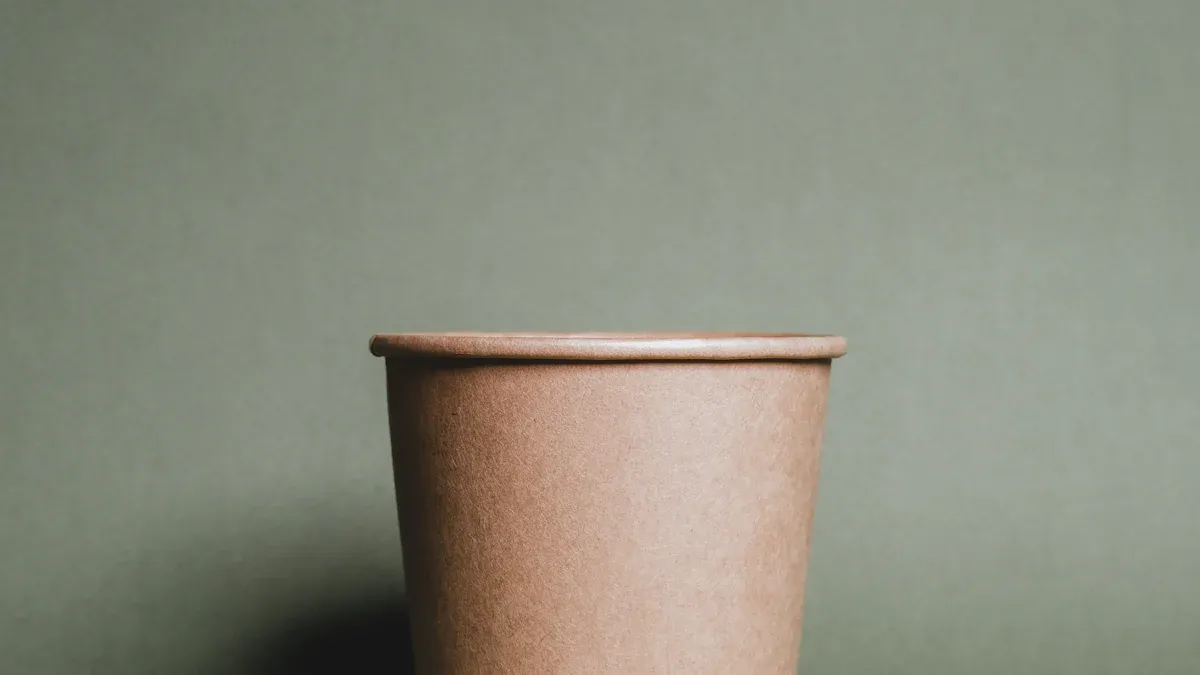
Basis Weight
Basis weight is a critical factor in determining the quality of paper cups. It refers to the weight of the paper used to manufacture the cup, measured in grams per square meter (GSM). A higher GSM indicates a thicker and more robust cup, which can hold liquids without leaking. The typical basis weight for paper cups ranges from 180 gsm to 230 gsm. This range ensures sufficient strength to hold liquids without collapsing.
- Key Points about Basis Weight:
- Higher GSM provides greater durability, essential for preventing leaks.
- Cups Made from paper that is too thin may break easily.
- Overly thick paper can be uncomfortable to hold.
Coating Quality
Coating quality significantly impacts the performance and environmental footprint of paper cups. Various types of coatings are used to enhance moisture resistance and durability. Here are some common coatings:
| Type of Coating | Description | Environmental Impact |
|---|---|---|
| Polyethylene (PE) | A plastic coating that is durable and moisture-resistant. | Non-biodegradable |
| Polylactic Acid (PLA) | A biodegradable coating made from renewable resources. | Biodegradable |
| Water-Based | An eco-friendly option that is also biodegradable. | Biodegradable |
Each coating type has its advantages and disadvantages. For instance, polyethylene offers excellent moisture resistance but poses recycling challenges. In contrast, water-based coatings are gaining popularity due to their eco-friendliness, despite being more expensive than PE-lined cups. The increasing demand for sustainable products drives innovations in design that promote eco-friendly packaging solutions.
Leak Resistance
Leak resistance is paramount for ensuring customer satisfaction and product reliability. Several materials and design features enhance the leak resistance of paper cups:
- Use of Couche, SBS, and PE-coated paper for improved water resistance.
- Increasing paper thickness to 220-250 grams per square meter for enhanced durability.
- Application of a thin layer of wax or plastic for better tightness.
Innovative techniques, such as the Three Knurlings Technique, enhance the cup's ability to hold liquids without leaking. Additionally, incorporating polyethylene lining prevents liquid penetration, while double-walled designs provide added protection and temperature maintenance. Structural innovations, such as ribbed surfaces, improve grip and prevent slippage, ensuring a better user experience.
By focusing on these key quality indicators, manufacturers can effectively check paper cup quality and ensure they meet industry standards.
Testing Methods to Check Paper Cup

Leak Tests
Leak tests are essential for ensuring that paper cups can hold liquids without leaking. Various methods exist to assess leak resistance effectively. The following table outlines some reliable testing methods:
| Testing Method | Description |
|---|---|
| Water Immersion Testing | Involves submerging cups in water to check for leaks, allowing for quick visual identification of defects. |
| Air Pressure Testing | Sealed cups are subjected to air pressure; a pressure drop indicates leaks, suitable for small leaks. |
| Dye Penetration Testing | Uses colored dyes to detect leaks by inspecting for dye seeping through the cup's exterior. |
These tests simulate real-world conditions, helping manufacturers identify potential issues before the cups reach consumers. For instance, water immersion testing provides immediate feedback, while air pressure testing can detect even minor leaks that may not be visible.
Rigidity Tests
Rigidity tests assess the structural integrity of paper cups. These tests ensure that cups can withstand the pressures of daily use without collapsing. The following table summarizes the standards and parameters for rigidity testing:
| Item | Technical Parameters |
|---|---|
| Standards | QB/T 2294-1997, ISO 5628, JJG157-1995 |
| Test range | (1-30)N, Resolution 0.01N |
| Accuracy of indicating value | ±1% error, variability ≤1% |
| Test speed | (50±2.5) mm/min, adjustable (30~80) mm/min |
| Instrument size | 500×270×330mm |
Manufacturers measure thickness and weight using specialized instruments. They also evaluate waterproof performance with water drop penetrators and humidity testers. Strength and toughness assessments utilize tensile testers and tear strength testers. These rigorous tests ensure that the cups meet industry standards and can handle the demands of everyday use.
Temperature Resistance Tests
Temperature resistance tests determine how well paper cups can withstand heat. This is crucial for cups intended for hot beverages. The following table illustrates the heat resistance of various materials used in paper cups:
| Material Type | Heat Resistance | Coating Type | Safety Certification |
|---|---|---|---|
| Wood Pulp | Up to 200°F | PLA | FDA |
| Cardboard | Up to 200°F | Water-based | LFGB |
| Low-quality | Below 200°F | Non-food-grade | N/A |
These tests help manufacturers select appropriate materials for their cups. Cups that can endure high temperatures without compromising structural integrity are essential for customer satisfaction. Testing under conditions that mimic daily consumer use validates the performance claims of paper cups.
By employing these testing methods, manufacturers can effectively check paper cup quality and ensure their products meet the necessary standards for performance and safety.
Environmental Considerations
Sustainability Certifications
Sustainability certifications play a vital role in assessing the environmental impact of paper cups. These certifications ensure that products meet specific standards for eco-friendliness. Here are some of the most recognized certifications:
| Certification | Criteria Assessed |
|---|---|
| BPI Certified | Meets ASTM D6400 or D6868 standards for compostability in industrial facilities. |
| EN 13432 | Requires complete biodegradation, eco-toxicity testing, and disintegration. |
| Seedling Logo | Proves compliance with EN 13432 for compostability. |
| OK Compost | Certifies compostability in industrial or home settings. |
| ASTM D6400 | Specifies breakdown in industrial composting conditions. |
| FDA / LFGB / BfR | Ensures materials are safe for food and drink contact. |
Additionally, certifications like FSC and PEFC guarantee that paper cups originate from sustainable and ethically managed sources.
Biodegradability
Biodegradability is crucial for reducing environmental impact. Several factors influence the biodegradability of paper cups:
- Material composition, including the use of biodegradable polymers and natural coatings.
- Environmental impact and waste management challenges drive the demand for biodegradable options.
- Production processes, including technological advancements, influence the quality and biodegradability rate of the cups.
These factors highlight the importance of selecting materials that break down effectively in natural environments.
Recyclability
Recyclability remains a significant concern for paper cups. Current recycling infrastructure can only handle a small percentage of these products. The following table illustrates the acceptance of paper cups in communities:
| Year | Percentage of Communities Accepting Paper Cups |
|---|---|
| 2022 | 11% |
| 2024 | 13% |
Challenges exist in recycling coated paper cups. The plastic coating must be separated from the paper, which is often not cost-effective. This leads to billions of PE-coated paper cups ending up in landfills annually. Recent improvements in Material Recovery Facilities (MRFs) aim to better handle plastic removal, but significant hurdles remain.
By understanding these environmental considerations, manufacturers can make informed decisions that align with sustainability goals.
Sourcing Tips
Choosing Reliable Suppliers
Selecting reliable suppliers is crucial for ensuring high-quality paper cups. Buyers should consider several criteria when evaluating potential suppliers:
- Product range and customization: Assess the variety of paper types and customization options available.
- Production capacity and scalability: Verify the supplier's ability to meet demand without delays.
- Quality certifications: Ensure the supplier holds relevant certifications for safety and quality.
- Customer service and technical support: Look for suppliers that provide robust support and resources.
- Pricing competitiveness and value: Evaluate the cost in relation to the services and quality provided.
Reliable suppliers often use high-quality, eco-friendly materials. Consistent production practices lead to better quality paper cups, enhancing customer satisfaction.
Evaluating Supplier Certifications
Certifications serve as indicators of quality and safety for paper cups. They ensure that products meet specific standards, which is particularly important for businesses in the food and beverage industry. Here are some essential certifications to look for:
| Certification | Description |
|---|---|
| SMETA | Evaluates supply chains for labor, health, safety, and ethical practices. |
| ISO9001 | Ensures quality management systems are in place. |
| BRC | Provides assurance of food safety and quality. |
| ISO22000:2005 | Focuses on food safety management systems. |
| FSC | Certifies responsibly sourced materials. |
Buyers should verify the authenticity of these certifications to ensure compliance with safety standards.
Importance of Samples
Requesting samples from suppliers is vital for assessing quality before placing bulk orders. Buyers should evaluate samples based on:
- Printability
- Surface smoothness
- Liquid resistance
- Durability
This evaluation helps buyers make informed decisions and ensures that the final product meets their expectations. By prioritizing these sourcing tips, businesses can secure high-quality paper cups that align with their standards.
Checking paper cup quality is essential for ensuring customer satisfaction and brand reputation. Key indicators such as leak resistance, strength, and thermal insulation play a significant role in product performance. Effective testing methods further enhance quality assurance. Businesses should prioritize quality in their purchasing decisions to foster customer loyalty and trust.
Key Takeaways:
- High-quality cups prevent spills and enhance user experience.
- Sustainability is increasingly important in consumer choices.
- Investing in quality reflects positively on brand image.
FAQ
What materials are commonly used in paper cups?
Most paper cups use wood pulp, cardboard, and various coatings like polyethylene or PLA for moisture resistance.
How can I ensure my paper cups are eco-friendly?
Look for sustainability certifications such as BPI, FSC, or compostability labels to verify eco-friendliness.
What is the typical lifespan of a paper cup?
Paper cups generally last for a few hours when filled with hot or cold beverages before they begin to lose structural integrity.

